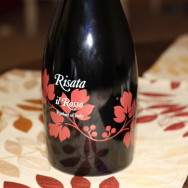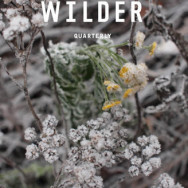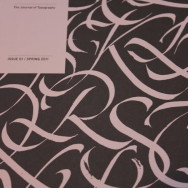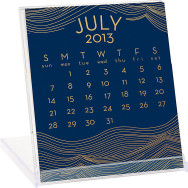Between the Folds is a PBS documentary exploring the history, math, art, beauty, and future of origami. I have a deep appreciation for “oriental” themed artwork, but I tend to lead heavily towards contemporary art that utilizes older art forms, theories, and styles rather than art that strictly follows history of the form. That said, however, I am very much in awe of the skill that is required to complete the most basic of figures in origami. I think it is soothing to fold, unfold, re-fold, and shape a 2-D piece of paper in to a stand-alone 3-D object.
I found myself watching this film while wrapping a double batch of bite-sized caramels for Halloween, and although I was just wrapping and twisting the ends of hand-cut pieces of parchment paper, I felt strangely connected to the topic of paper folding. This film documented extremely well-educated people who have given up everything in order to fully devote themselves to origami, or to put it simply, folding paper. For people with graduate degrees and successful careers, this may seem like <fill in negative adjective here> choice, but paper and the things that can be accomplished with it are amazing! I am definitely not going to quit my day job to follow their lead, but since I was a little kid I have loved making paper (though often decorated with pressed flowers rather than intended for intricate folding) because I just think it is the bee’s knees.These people are, with the exception of the one-fold guy (you’ll know who I’m talking about if you watch it), craftsmen of the highest order and I love the sincerity and skill demonstrated throughout the documentary.
My favorite part of the documentary was the interview with the man that makes his own paper in order to achieve the perfect color combinations, and then, born out of impatience, began folding with paper that was still damp in order to create a combination of softer folds (almost indentations rather than folds) and more traditional folding techniques. Other people interviewed created unbelievably complex designs and the “short-hand” blue prints for such designs are fascinating. The notebook shots are the most insightful, in my opinion, because it really drives the point home that these beautiful figures that come to life are truly composed of many many layers of straight lines/folds. And here folks, is where they really got me interested: they spent a long time discussing the math and science behind and explored through certain types of origami.
My boyfriend was even really engaged in the documentary because: 1) the resulting figures are phenomenal and 2) we knew people in college who took a class on number theory and spent many sleepless nights working on the construction of a third-order origami Menger sponge. These are constructed of cubes constructed of cubes, constructed of cubes (all folded and joined via origami and not with glue or tape) and deal with fractals among other things. It is, in my understanding, impossible to build anything beyond a third-order Menger sponge by hand due to the time increasing exponentially with each order. Basically, the mind-boggling complexity of the origami that is shown is both inspiring and down-right intimidating. Either way, though, I highly recommend that you check out this documentary. It is brief and easily available on Netflix as well as via Amazon to rent or purchase.
So my suggestion is this: Go out and watch the movie. Then go get yourself some paper and a book on origami and try your hand at it. I’ve made lots of things varying from (the traditional) cranes, to boxes, to scottie dogs, to nuns. Yes, I said nuns. One of my go-to origami resources is the book, Origami Handbook, and many other resources are available online. Definitely give it a try and, if you have a moment, look up some of the artists mentioned in the film. A lot of them will sell some of their pieces and/or create ads using their designs. It’s awesome.
Now, more than ever, I want to drop everything and revert to middle-school Japanese classes where we actually had regular origami days. I guess that is what weekends are for. Happy folding! Let me know if you try anything awesome.








